Pillars of Eternity II: Deadfire review
A new classic amongst classic RPGs.
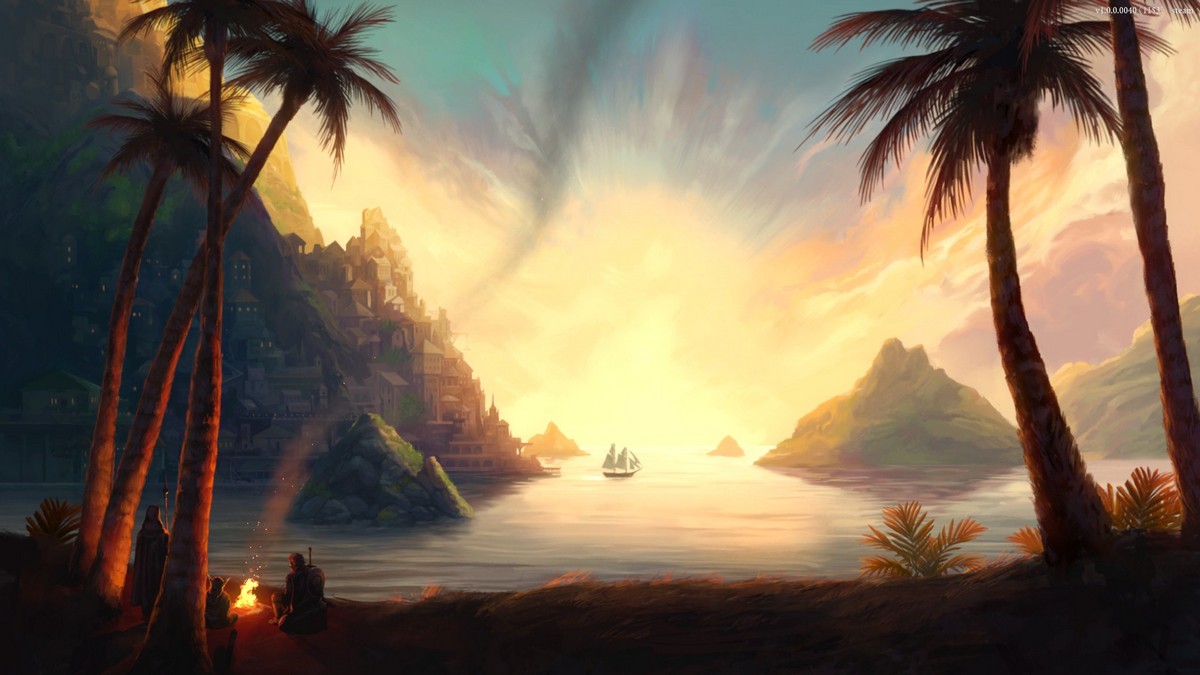
Imagination is a powerful force. It’s why people are drawn to fiction and roleplay. Pillars of Eternity II: Deadfire harnesses the imagination so intensely that it pulls you deep within its world and makes you never want to leave. This classic RPG is not always technically up to scratch, but the sheer scope of its adventure and the very personal ways you’ll experience it make it an unmissable journey.
The events of the first Pillars of Eternity lead directly into Deadfire, with numerous references and cameo appearances. You can import your endgame save and mould the world, its stories and dialogue around your previous decisions. For these reasons it’s worth playing through Pillars I first, not to mention the fact that it’s an excellent game in its own right. If you’re itching to jump into Deadfire now, however, or if you don’t have the time to commit to two mammoth RPGs, don’t worry: it’s still accommodating to newcomers.
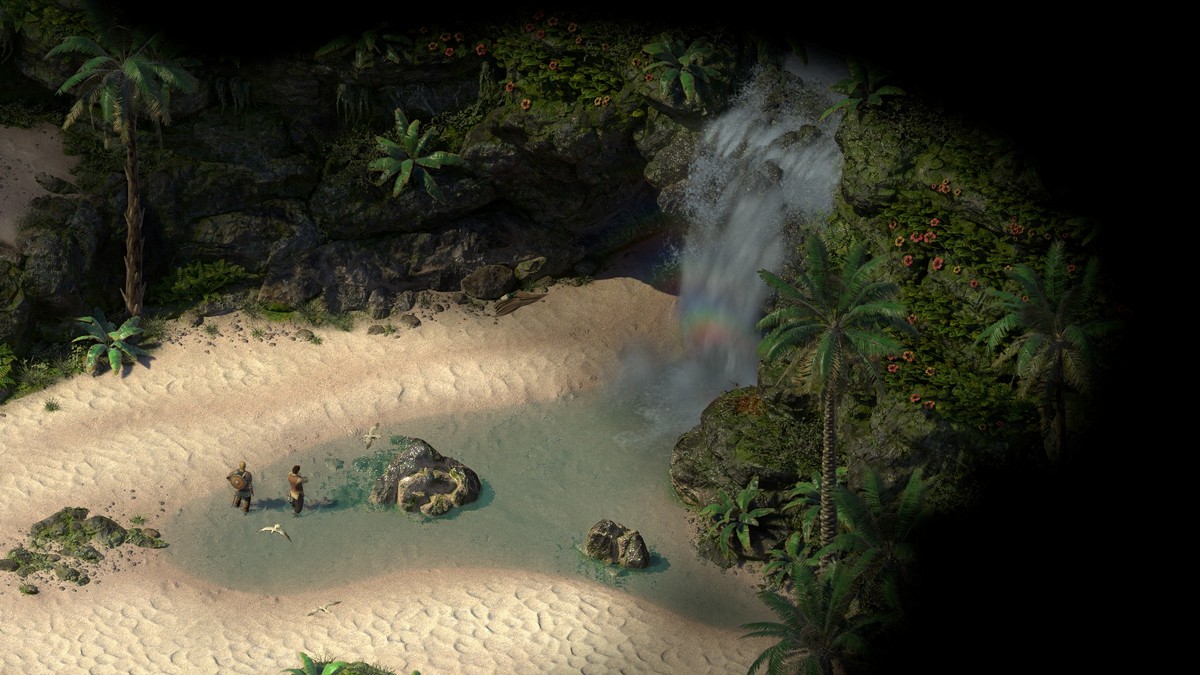
As the ‘Watcher’ of Caed Nua, Pillars of Eternity II has you pursuing the god Eothas across a series of islands called the Deadfire Archipelago. For not entirely known reasons he’s causing chaos in the region around sources of luminous adra, an ancient resource with mystical power and links to the afterlife. Your mission is to work out what’s happening and try and put a stop to it. An ambitious task, for sure, which your party are all too aware of.
Despite Deadfire’s main overarching quest being of cosmic significance, though, the best parts of its story are arguably in the minutiae. There’s a colossal amount of dialogue and plot to consume, which deals from everything to politics and society to religious faith or merely filial and interpersonal squabbles. Be warned that this is aimed squarely at the avid reader.
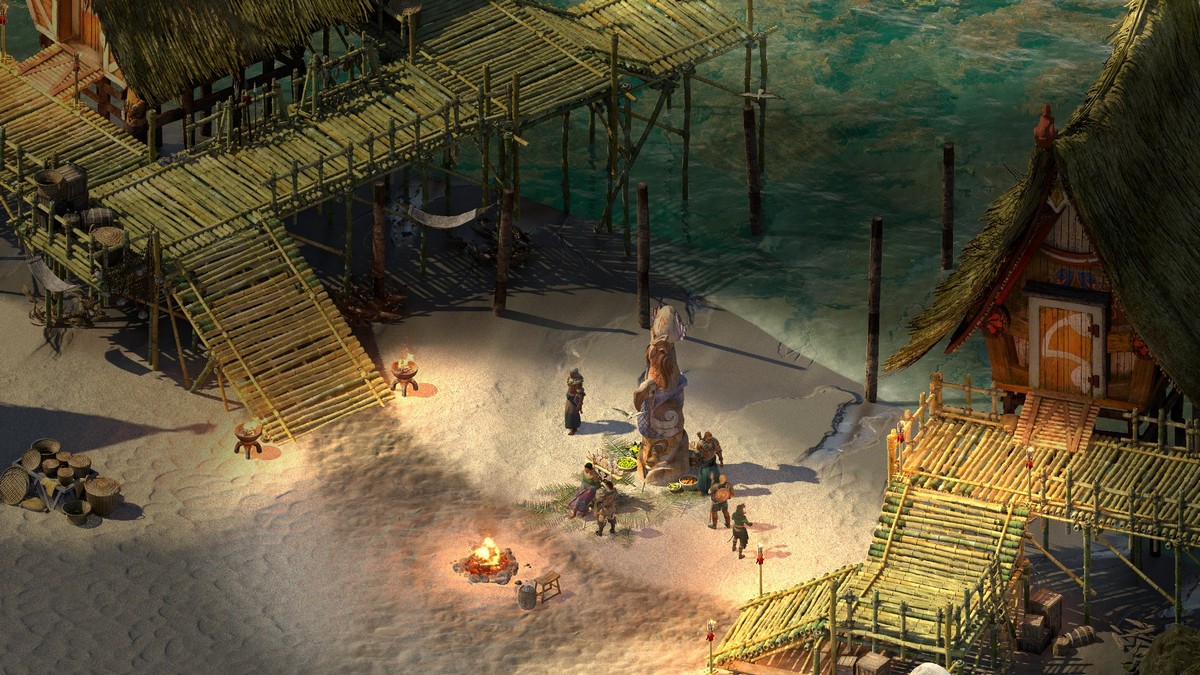
But there was something telling about my reaction to the scale of its verse: I patiently took it all in and didn’t skip through in order to get to the point. These are not drudging walls of text. They’re the evocative stories of unimaginable worlds. They’re the hopes and fears of very real, flawed characters. The quality of Deadfire’s writing is astonishing.
Equally commendable is that every single conversation is voice acted. This strengthens Deadfire’s message further, with impressive performances from the roleplayers of Critical Lore. Rather than the cringingly hammy nonsense high fantasy is often guilty of, these confident and well-rounded voices come across as genuine, diverse people.

This is important, because Deadfire mostly lacks traditional cutscenes and explicit animation. While you can enter heated debates, interact with the environment and even convene with the beyond, characters and their backdrops are comparatively static much of the time. Like a novel, it feeds your imagination rather than explicitly demonstrating what’s happening. Written cues of character appearance and interaction add rich description to the proceedings. Adding even more flavour are colloquial terms for common words (‘thank you’, ‘yes’ etc.) scattered throughout the dialogue, translated for you by tooltip. Yes, there’s even a word for ‘penis’.
You never know what you might happen by indulging yourself in conversation with a seemingly innocuous NPC. After speaking to all of the courtesans in a brothel about their life stories out of nothing more than sheer curiosity, I was pleasantly surprised when this led to recruiting a mountain dwarf called Konstanten into my party.
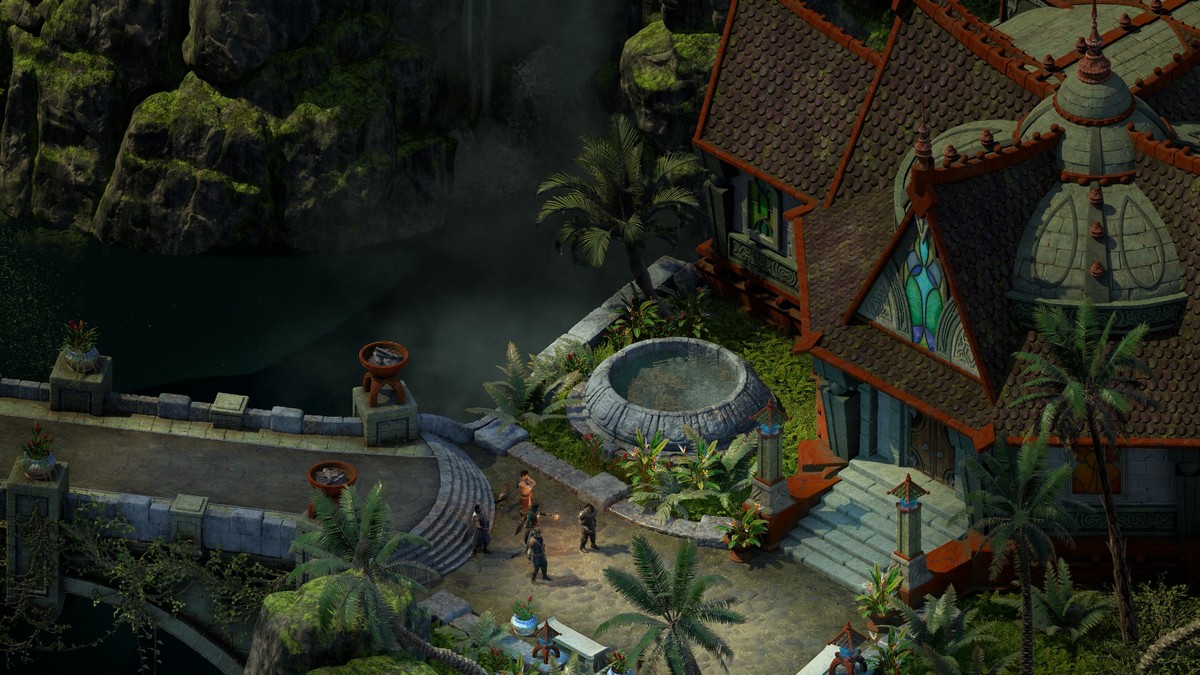
This deep level of interaction also leads to tangible moral decisions which shape your story. The first time this clicked for me was in an early side quest. I needed to buy medicine for a debilitating disease afflicting poor townspeople, only available from the black market. But it was expensive.
I could have paid the considerable sum. Or I could have done the trader a ‘favour’ to earn it: murder a competing market trader. Harsh perhaps, but said competitor was unscrupulous themselves, so maybe it was justified? On the other hand, I could have stolen the medicine when the trader’s guards left for a tavern that night. But stealing wouldn’t have been morally sound, either. Though it was for the greater good; people’s lives were at stake! In the end, I chose yet another route which had even more interesting results.

Character experience is earned not through grinding in battles, but exploration of the Deadfire Archipelago and the progress you make through quests. Because there are often rewards for both the good and evil route (and all of the grey routes in-between) as well as success or failure, you can really forge an adventure that’s all your own.
You’ll need to allow time to get a grasp of all of the mechanics at your disposal, mind. Dialogue and menus are thankfully full of tooltips, an absolutely essential concession for getting to grips with its rich lore and complex systems.
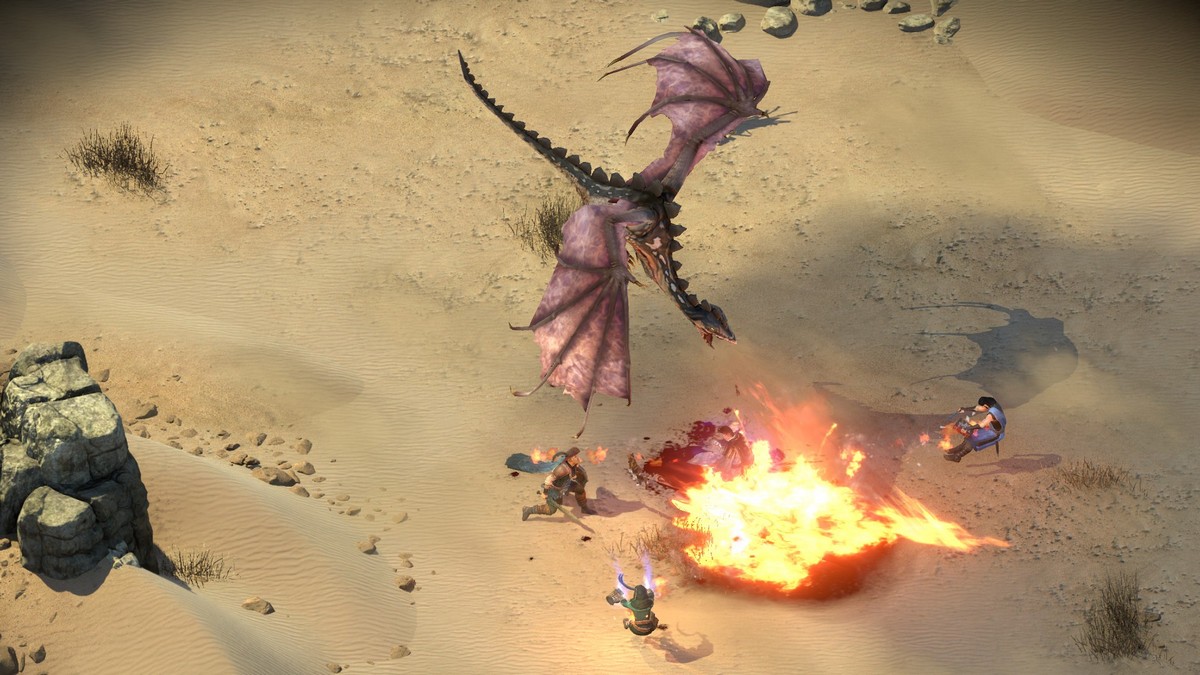
Combat is the grand culmination of these systems. A dizzying melting pot of buffs, resistances, positioning, disengagements and cooldowns, it tests your capabilities to the max. It’s the antithesis of the modern ‘press A to attack’ RPG. Mercifully, you can pause as frequently as you wish to strategise and get on top of the situation.
Customisable party AI can also help you fight, if you wish. As you’d expect, though, this is a double-edged sword. Their choice of abilities is generally competent, but their aim and movement isn’t. Some seemingly nihilistic tendencies lead to friendly fire and suicides more frequently than you’d hope.

Ship combat is another mechanic to grasp – you’re on a series of islands, after all. There are two phases to an encounter, and the first is initially confusing. As a turn-based affair of issuing commands – full steam ahead, turn to starboard, fire cannons – the action is represented via words and a simple diagram. A more visual representation would have been helpful in understanding what’s happening. The second phase is a chaotic but more familiar battle across ships once one boards another.
Whether by ship or on foot, travel is a highlight of Deadfire. Neat touches like ruins you can ransack for loot, a crew resource system and surprise encounters make exploration rewarding. It’s a huge map which leads to further maps-within-maps. When you visit the largest city in the game, for example, fully exploring its numerous districts will take several hours in itself.

It’s far from a quantity over quality approach, however. Everything in the world is carefully considered. Each building is worth visiting and every character worth speaking to, whether to discover items, take on new quests or simply uncover more of Deadfire’s impossibly deep lore.
The downside is that the engine fails to gracefully handle Deadfire’s intricacy and magnitude. Your mileage may vary, but I found it to creak and groan under the weight, regularly stuttering on my perfectly capable machine. Crashes to desktop were also an issue on several occasions.
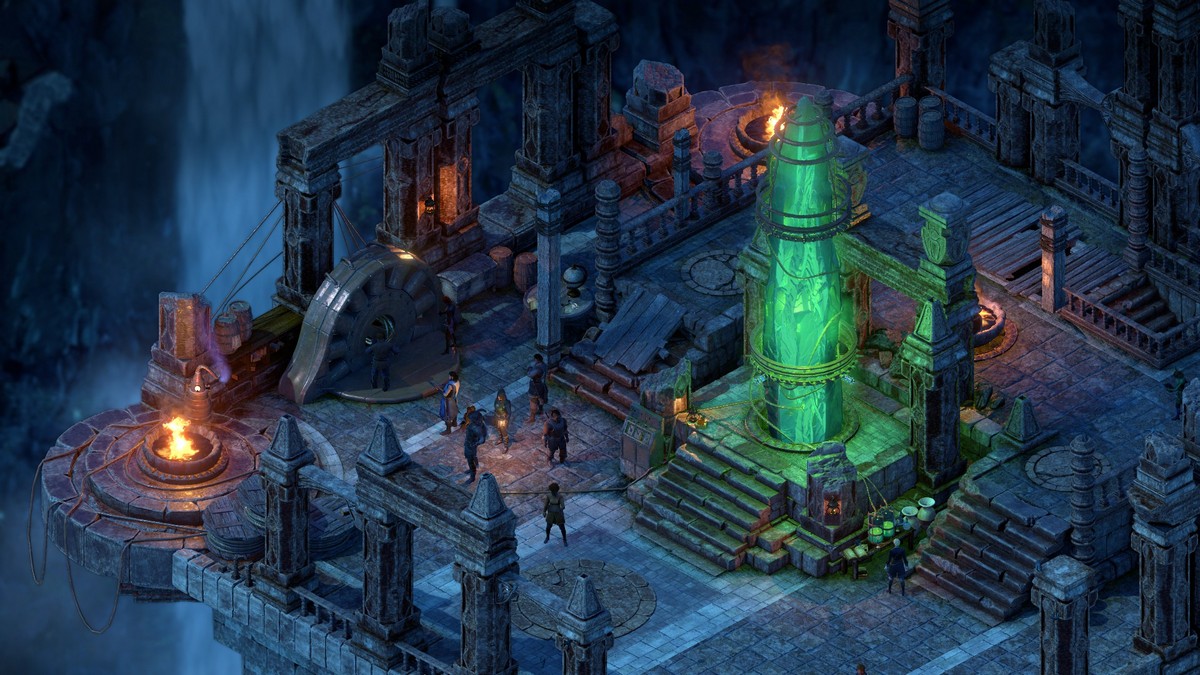
Finally, it’s been claimed that load times have been dramatically improved since the first Pillars. Either I’ve forgotten how enormous they were, or this isn’t quite the case – it can take anywhere between 10 and 30 seconds to load a scene.
These technical hitches do little to undermine what is a masterwork in roleplaying, however. Just bear in mind that Pillars of Eternity II is not an adventure to be taken lightly. Try to rush through it and you’ll not only make life harder for yourself through all of the quests, items and crew you’ll miss, but you’ll do it – and yourself – a disservice.

